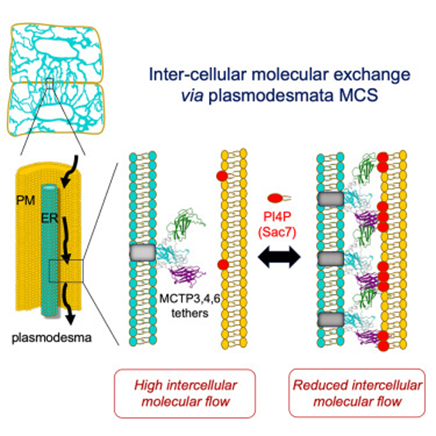
Plasmodesmata: A new frontier for membrane contact site intercellular communication
Plant Science Research WeeklyMembrane contact sites (MCSs) serve a critical role in intracellular communication, particularly between organelle membranes, enabling direct molecular transfer. Less clear is the role MCSs play in intercellular communication. New evidence from Pérez-Sancho et al. implicates plasmodesmata in this function…
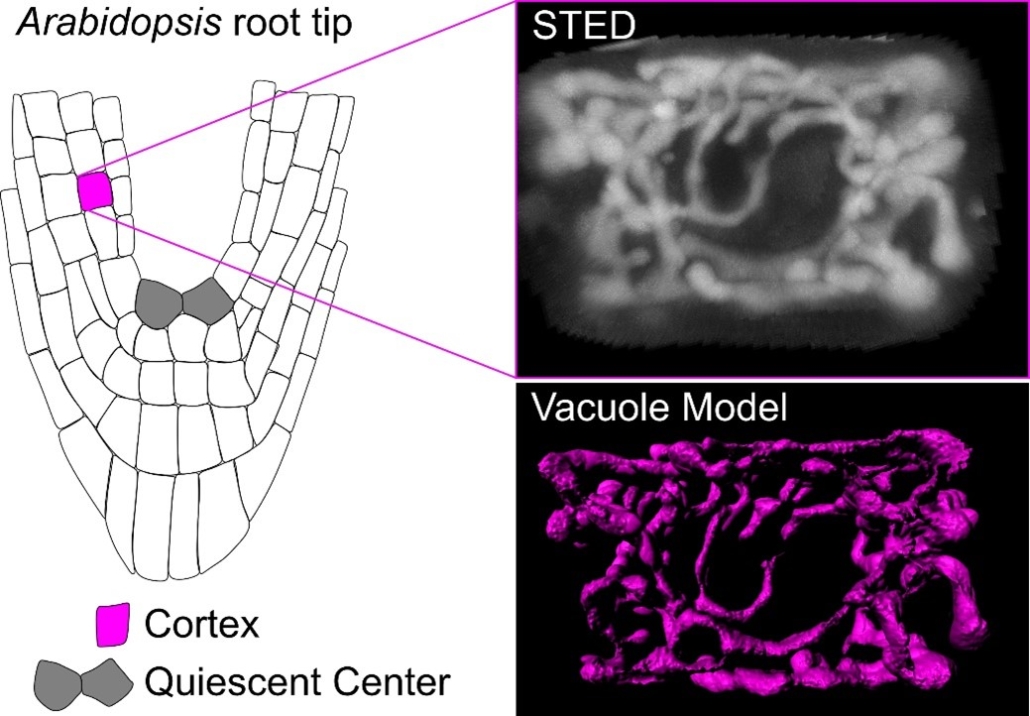
Unveiling vacuole biogenesis: Tubular networks are present in plant meristem cells
Plant Science Research WeeklyA recent paper by Scheuring and colleagues investigates vacuole biogenesis in meristematic cells of Arabidopsis thaliana, challenging earlier models of vacuole formation. Vacuoles are crucial organelles responsible for various cellular functions, yet their formation has remained puzzling for quite some…

Review: Guidelines for studying and naming plant plasma-membrane domains
Plant Science Research WeeklyNumerous studies have highlighted the critical importance of plasma membrane heterogeneities in regulating cell functions, leading to a proliferation of overlapping and contradictory terminologies. Here, Jaillais and others in the field propose a new system of nomenclature. It really is a must-read for…
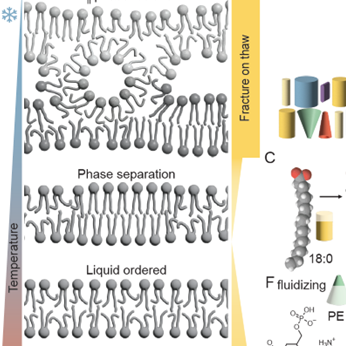
Review. Chilling out: How plants remodel membranes to survive the cold
Plant Science Research WeeklyLow temperatures disrupt cellular processes and require metabolic adaptation. Cold-induced lipid remodeling helps maintain membrane permeability and prevents phase separations that can lead to cellular damage. In this review, Shomo, Li and colleagues provide an overview of the mechanisms by which plants…

An oomycete peptide cytolysin forms transient small pores in lipid membranes (Sci. Adv.)
Plant Science Research WeeklyNLPs (Necrosis and ethylene-inducing peptide 1–like proteins) are small peptides produced by a variety of plant pathogens. Some NLPs are cytolysins meaning that they trigger lysis of their target cells. Here, Pirc et al. use an assortment of tools including molecular dynamics (MD) simulations, neutron…
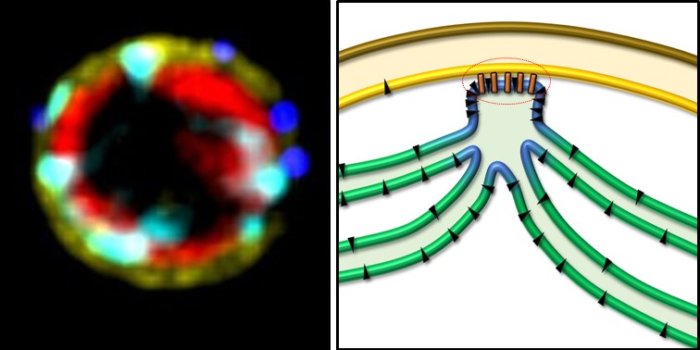
Anchoring Membranes in Cyanobacteria
The Plant Cell: In a NutshellOstermeier et al. introduce AncM, a new factor for structuring the photosynthetic membrane system in cyanobacteria. Plant Cell https://doi.org/10.1093/plcell/koab253
By Matthias Ostermeier, Steffen Heinz and Jörg Nickelsen at Molecular Plant Science at LMU Munich
Background: Cyanobacteria are…

Convergence of sphingolipid desaturation across over 500 million years of plant evolution (Nature Plants)
Plant Science Research WeeklyIf you remember your biochemistry, lipids that are saturated (without double bonds) pack more tightly and therefore have a higher melting temperature than those that are unsaturated, therefore bend and pack less tightly (think of margarine versus oil). Plants can modify their membranes in a temperature-responsive…
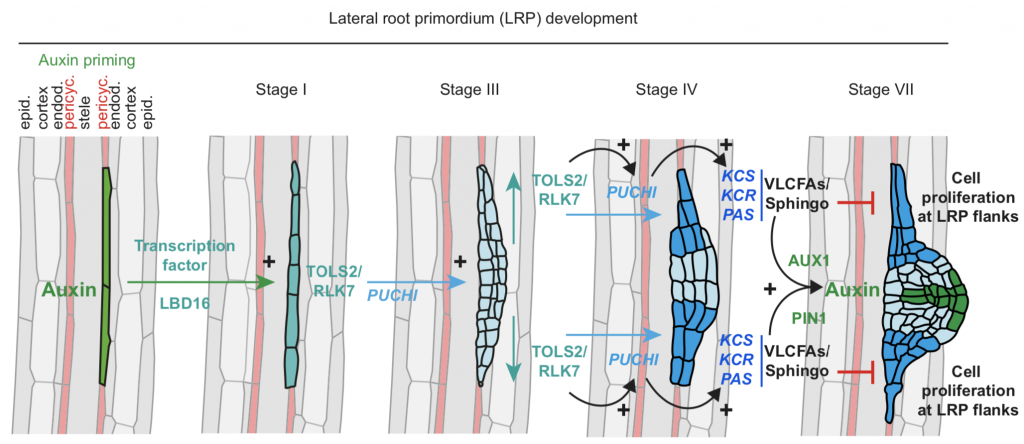
Review: Feedback mechanisms between membrane lipid homeostasis and plant development (Dev. Cell)
Plant Science Research WeeklyPlant development is a regulated process of cell division, expansion, and differentiation. Membrane lipids are crucial to these processes, as illustrated in this review by Boutté and Jaillais. The authors discuss the major lipid components in the different membrane systems and how these vary in space…
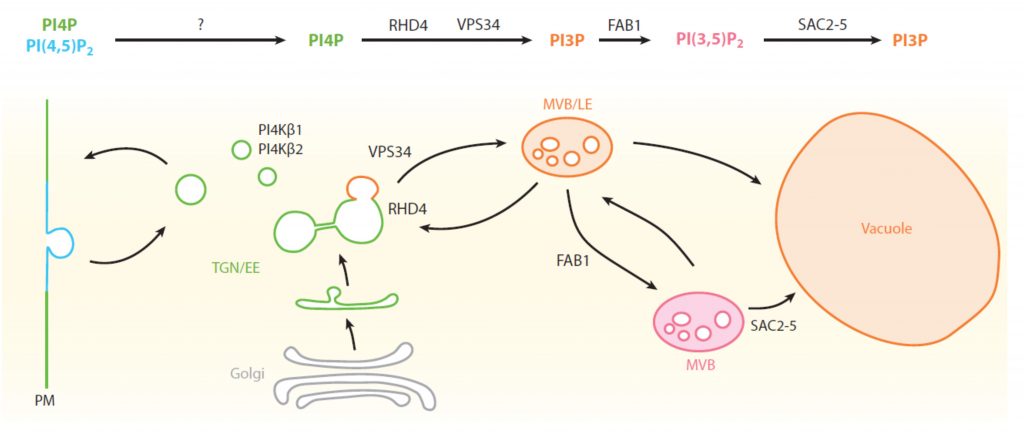
Review: Functions of anionic lipids in plants (Annu. Rev. Plant Biol.)
Plant Science Research WeeklyMoving materials within and out of cells requires that membranes carry identification labels, but when the membrane itself moves, that ID label must be updated. These requirements are met ingeniously by the anionic lipids, which are both a modifiable information system and simultaneously modify the physicochemical…

